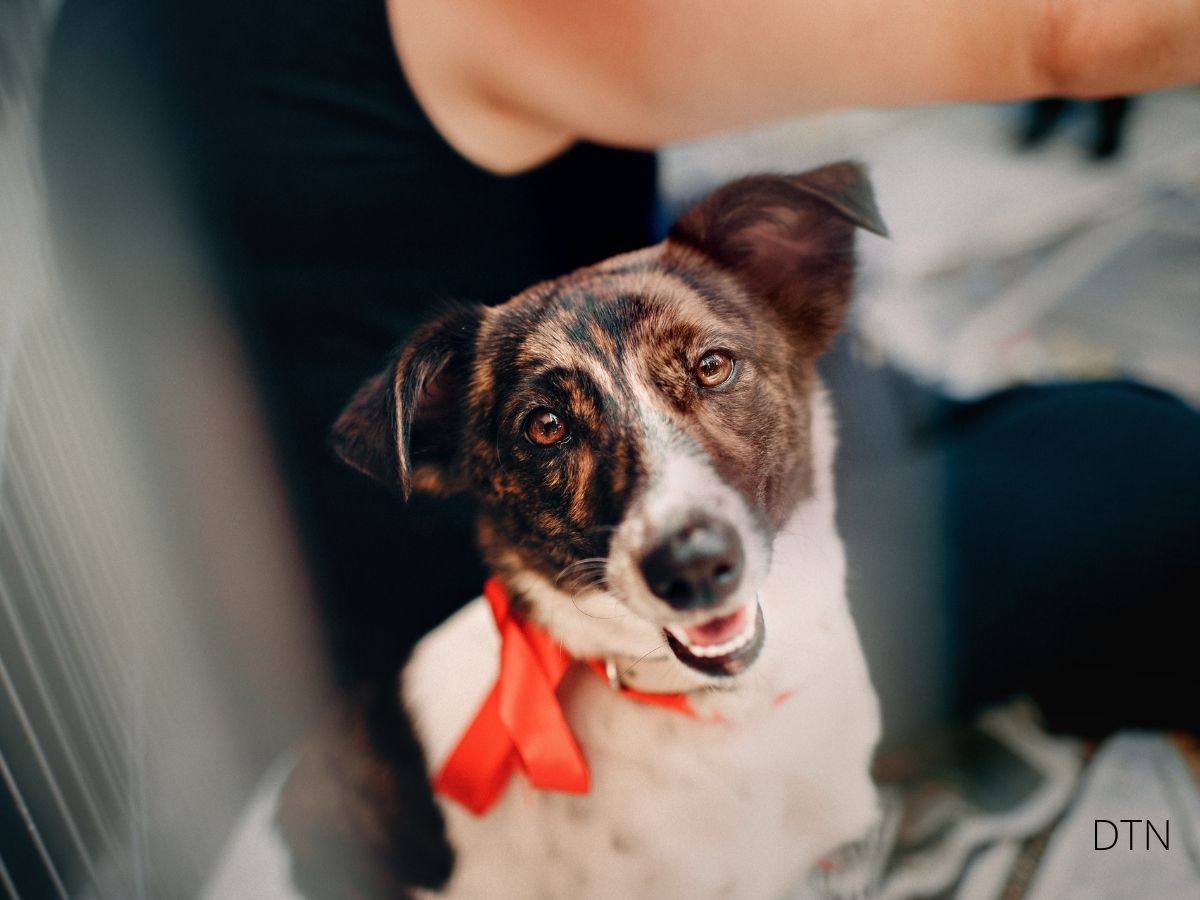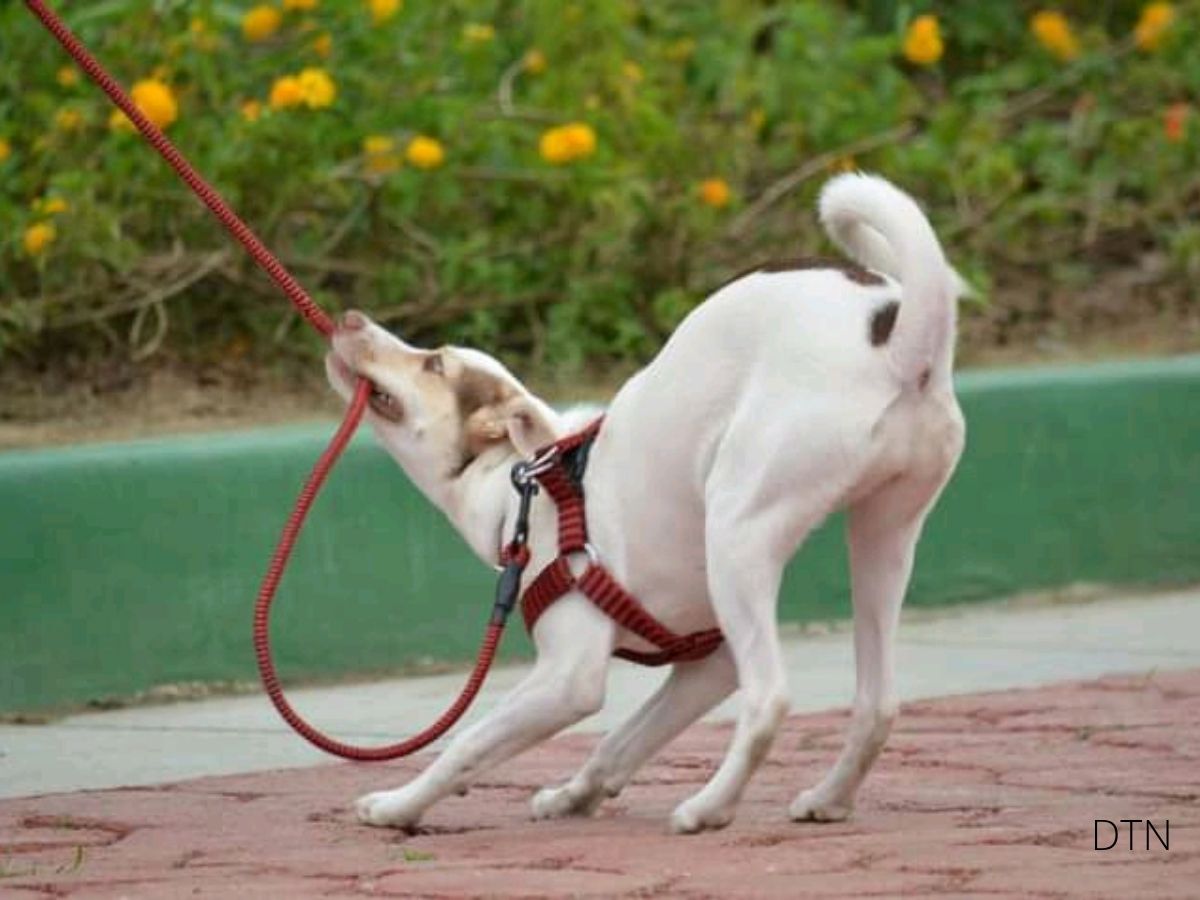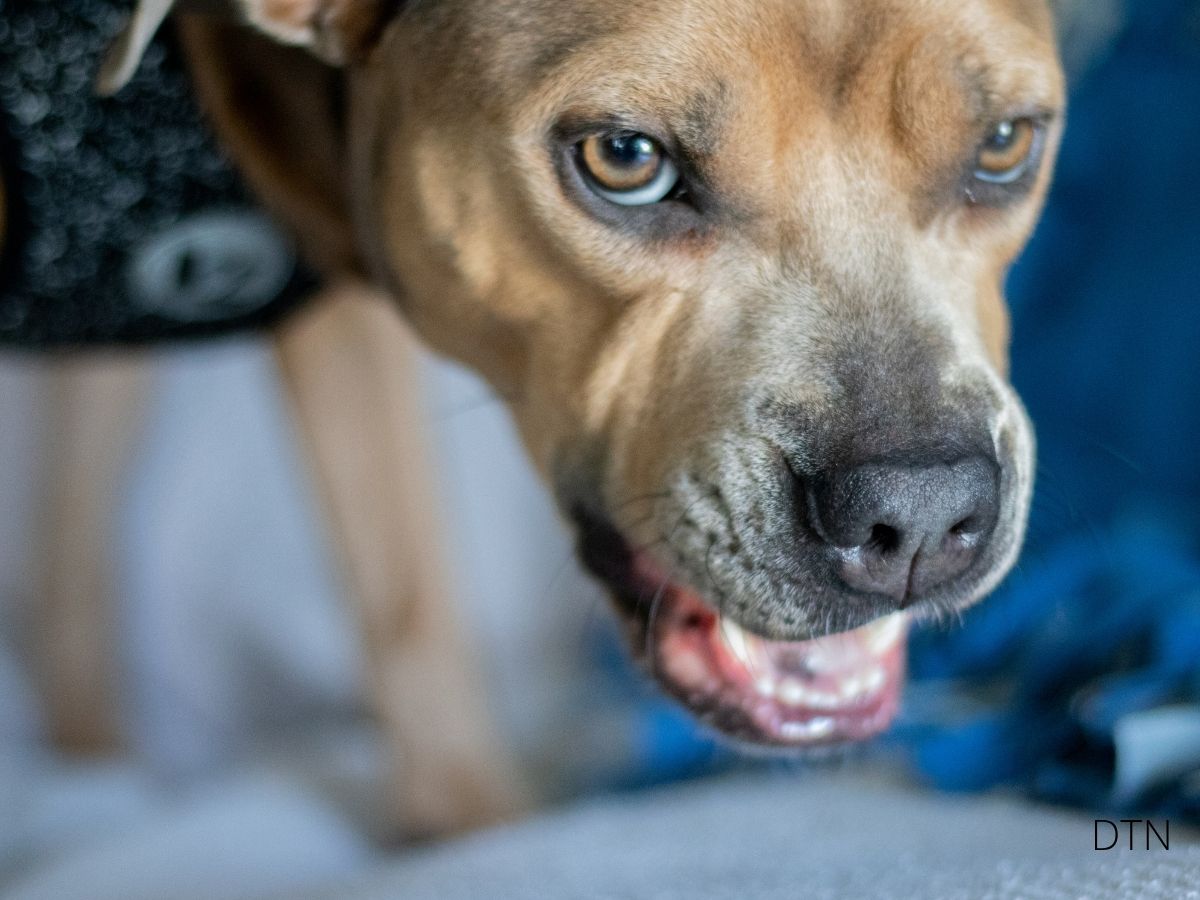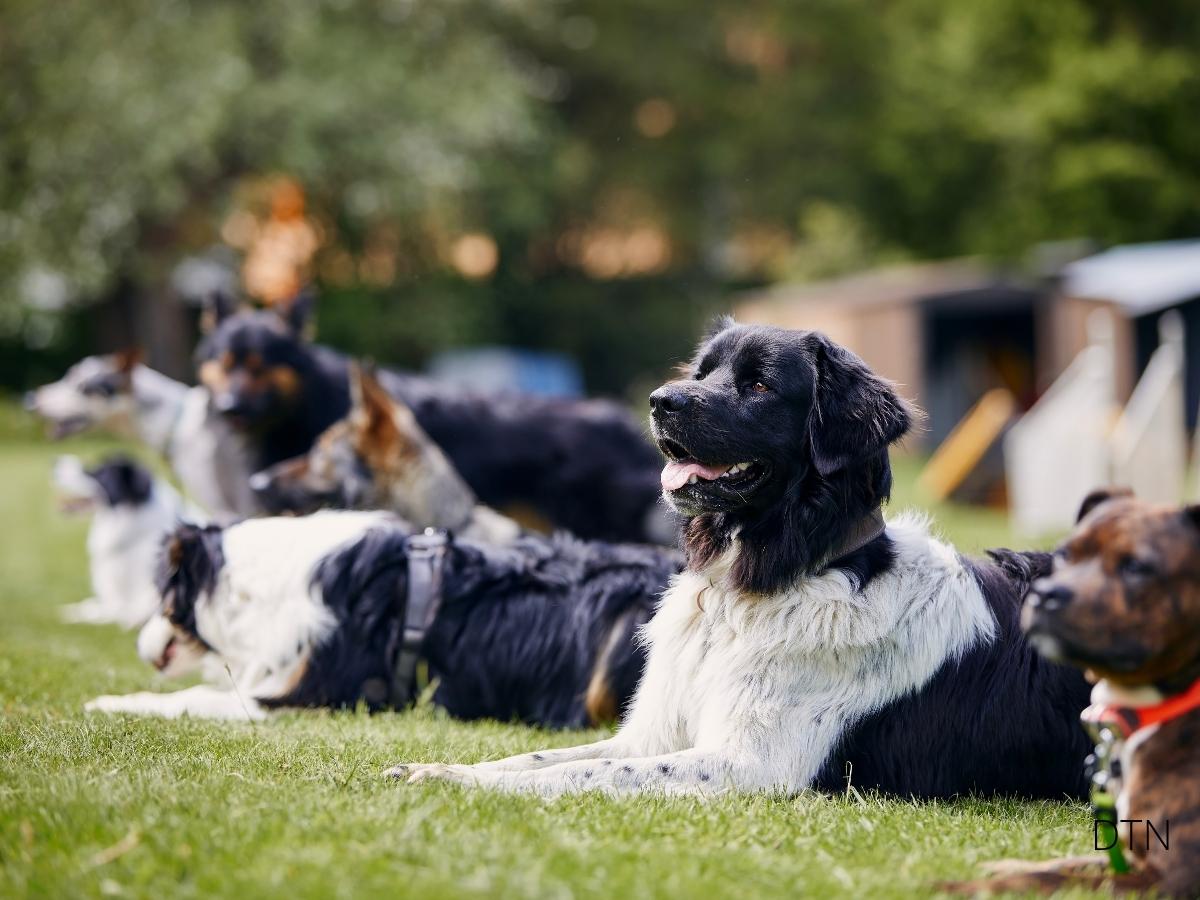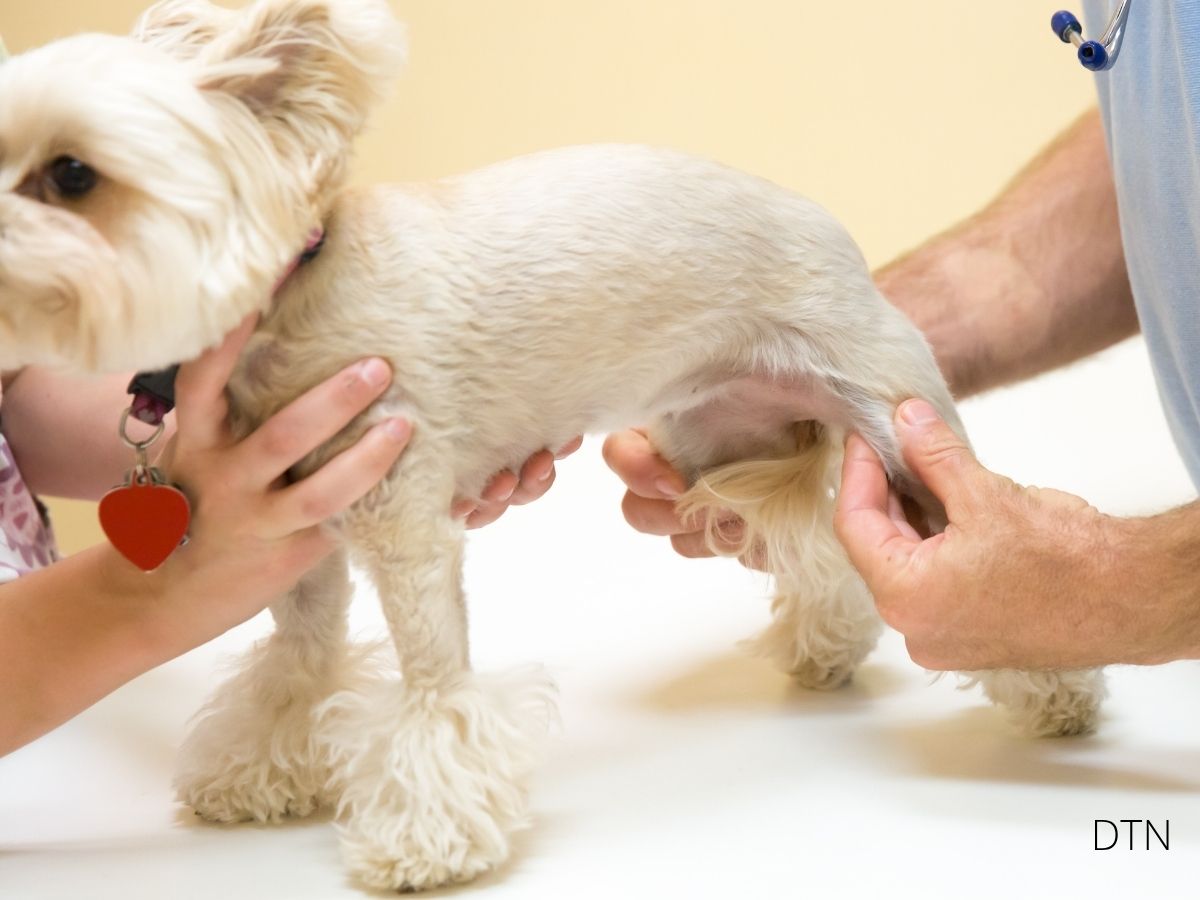When you first meet a rescue dog, you’re encountering more than just an animal – you’re meeting a complex survivor whose brain has been rewired by experience. Each cautious tail wag and watchful glance tells a story of adaptation and remarkable resilience. Let us guide you through the transformative journey of building trust with these extraordinary dogs, where neuroscience meets compassion.
Understanding Your Rescue Dog’s Mind
The Trauma-Altered Brain
Your rescue dog’s brain carries an invisible map of their past. Trauma creates hyperactivation in the amygdala – that ancient alarm system screaming “danger” even in safe situations. You might notice your furry friend startling at sudden movements or freezing around strangers. This isn’t stubbornness; it’s their brain’s protection mode, where cortisol levels remain elevated long after threats have passed.
Think of it like a smoke detector that’s become too sensitive, going off even when you’re just making toast. This amygdala hypersensitivity means your dog perceives threats where none exist – a logical survival strategy in their world.
Reading the Signs of Trust
Body Language Speaks Volumes
As trust blooms, you’ll witness beautiful transformations in your dog’s physical presence. Watch for these encouraging signals:
- Soft eye contact with slow blinks
- Play bows and bringing toys to you
- The “lean-in” where they gently press against you
- Choosing to rest near you without prompting
A relaxed tail wagging in wide sweeps tells a different story than anxiety’s tight, rapid wag. These subtle changes represent massive internal shifts.
The Timeline Reality
Unlike puppies who attach during critical socialization windows, rescue dogs need months or years to unlearn survival patterns. Expect three months for their true personality to emerge, six months to decompress, and a year or more for deep attachment. This isn’t failure – it’s neuroplasticity at work, literally rewiring the brain to accommodate positive experiences. 🧠
The NeuroBond Approach
Connection Over Control
The NeuroBond philosophy revolutionizes rescue rehabilitation by working with instincts rather than suppressing them. Your dog’s behaviors aren’t problems – they’re pathways to learning. The dog who resource guards their food isn’t being aggressive; they’re expressing a survival mechanism that once kept them alive.
This approach creates what we call the “invisible leash” – your dog choosing proximity because being near you feels safer than anywhere else. This voluntary connection becomes stronger than any physical restraint.
Building the Foundation
Before any training begins, become your dog’s safe haven through:
- Predictable, calm presence
- Non-demanding interaction
- Positive associations without strings attached
Once trust is established, behaviors emerge from relationship rather than obedience. Your dog learns to check in during walks not because you commanded it, but because looking to you has become their default response to uncertainty.
Dogs are wise. They crawl away into a quiet corner to lick their wounds and rejoin the world as if nothing happened.
– Agatha Christie
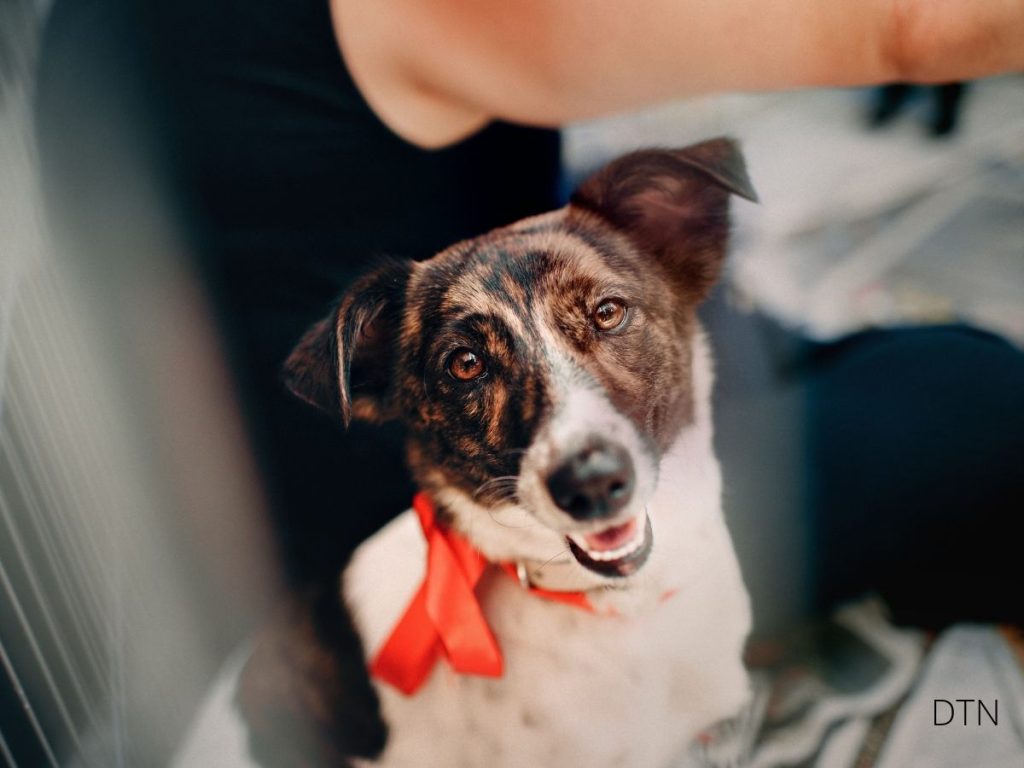
The Neuroscience of Healing
Oxytocin vs. Cortisol
Every gentle interaction triggers a neurochemical cascade. When you stroke their fur or speak soothingly, oxytocin flows. This bonding hormone doesn’t just feel good – it actively regulates their stress response, lowering chronically elevated cortisol levels.
Each positive experience literally changes your dog’s brain chemistry. Oxytocin acts as nature’s antidote to trauma, enhancing social bonding while calming the hyperactive stress system keeping traumatized dogs constantly alert.
Rewiring Through Neuroplasticity
Your rescue dog’s brain possesses extraordinary capacity for change. Targeted interventions can normalize fear circuits, teaching the amygdala to dial down its alarm response. This isn’t suppressing fear – it’s restructuring how the brain processes potentially threatening stimuli.
Every time your dog experiences safety in your presence, synaptic connections strengthen, building “trust highways” in their brain. Over time, these new pathways become stronger than trauma routes, though those original paths never completely disappear – they simply become less traveled. 🐾
Understanding Their Past
Different Backgrounds, Different Needs
Neglect and Abandonment
Dogs who experienced early neglect often show “learned helplessness” – they’ve given up trying to influence their environment. They might not ask to go outside or seek play. This isn’t depression but a learned strategy: if nothing you do matters, why try?
These dogs need gentle encouragement to re-engage. Celebrate any initiative – did they sniff a toy? That’s progress worth acknowledging.
Shelter Life Challenges
Long-term shelter stays create specific patterns. These dogs have adapted to constant stimulation, limited human interaction, and competitive dynamics. They often need weeks of decompression just to realize they’re in a different environment. Be patient – their authentic self will emerge.
Street Survivors
Street dogs bring incredible resourcefulness but may struggle with house training, resource guarding, and independence. They often respond beautifully to having their intelligence acknowledged through puzzle feeders and problem-solving games.
Practical Trust-Building Strategies
Trauma-Informed Training
Traditional training focuses on commands; trauma-informed training creates positive associations while respecting emotional boundaries. If your dog fears men, don’t force interaction. Have male friends toss treats without eye contact, letting your dog discover that men predict good things without confrontation.
The Power of Choice
Giving your rescue dog choices accelerates trust dramatically:
- Different walking routes
- Multiple resting spots
- Option to approach or retreat during training
When dogs realize they have agency, confidence soars. They stop being passive recipients and become active participants in recovery. 😄
Creating Security Through Routine
Establish daily rituals that become security anchors. A morning greeting, evening wind-down, or special check-in during walks – these become emotional touchstones reminding your dog they’re safe and loved.
Start with low-pressure interactions, gradually increasing intimacy:
- Parallel existence – simply being together
- Indirect interaction – treats, soft talking
- Invited contact – dog-initiated touch
- Cooperative activities – walks, gentle play
- Deep bonding – grooming, adventures
Your dog sets the pace. Pushing too fast can set back weeks of progress.
Environmental Healing Factors
Safe Spaces Matter
Every rescue dog needs an unequivocally theirs space – not isolation, but a retreat for processing and self-regulation. Include comfortable bedding, calming scents like lavender, and limited disturbance. This sanctuary becomes crucial during overwhelming moments, teaching them to retreat and reset rather than shut down.
The Foster Advantage
Foster homes provide normalized family life that shelters can’t. Dogs learn house rhythms, appropriate play, and basic manners in low-stress settings. The individualized attention allows tailored trust-building approaches, providing detailed information for eventual adopters.
Recognizing Recovery Phases
Rescue dogs typically move through predictable phases:
Weeks 1-2: Honeymoon/Shutdown – Either perfectly behaved or completely withdrawn
Weeks 2-8: Testing – True personality emerges, boundaries explored
Months 2-6: Adjustment – Learning new patterns, occasional regression
Months 6-12: Integration – Becoming family, trust solidifying
Year 1+: Thriving – Confidence blooming, full expression
That “regression” at month four? It’s actually progress – your dog feels safe enough to express needs.
Reading Behavioral Messages
Every behavior is communication. Leash pulling says “I’m overwhelmed.” Barking at strangers means “I’m scared.” Resource guarding expresses fear of scarcity.
Understanding behavior as feedback rather than defiance changes everything. Instead of correction, offer support. Instead of punishment, provide alternatives. This shift is fundamental to trauma-informed care.
Long-Term Success
Building Lasting Bonds
Think of trust-building as an investment account. Every positive interaction is a deposit; scary experiences cause withdrawals. Your goal is making so many deposits that occasional withdrawals don’t bankrupt the relationship.
Celebrate small victories indicating growing trust:
- Deep sleep in your presence
- Seeking comfort during storms
- Play behavior emerging
- Voluntary eye contact
- Following you room to room
These represent massive neural restructuring and emotional growth. 🧡
Setting Realistic Expectations
Many adoption failures stem from unrealistic timelines. Remember the 3-3-3 rule: 3 days to decompress, 3 weeks to learn routines, 3 months to feel at home. Build your support network – a trauma-informed trainer, experienced veterinarian, and understanding community make challenging moments manageable.
The Journey Forward
Building trust with a rescue dog isn’t just rehabilitation – it’s transformation. You’re literally rewiring neural pathways, healing trauma, and creating new possibilities for connection. This journey stretches beyond weeks into months and years, but the reward is a bond forged in understanding and sealed with mutual trust.
Your rescue dog brings unique resilience and vulnerability, survival skills and trust deficits, fear and incredible capacity for love. By understanding the neuroscience behind their behavior, respecting their past while building their future, and approaching training through relationship rather than dominance, you become more than an owner – you become a healer, safe haven, and family.
Is a rescue dog right for you? If you can offer patience without deadlines, love without conditions, and understanding without judgment, then yes – you’re ready for life’s most rewarding adventures. Your rescue dog isn’t just waiting for a home; they’re waiting for someone who understands that trust, once earned, becomes unbreakable. In saving them, you might find they save you too. 🐾


